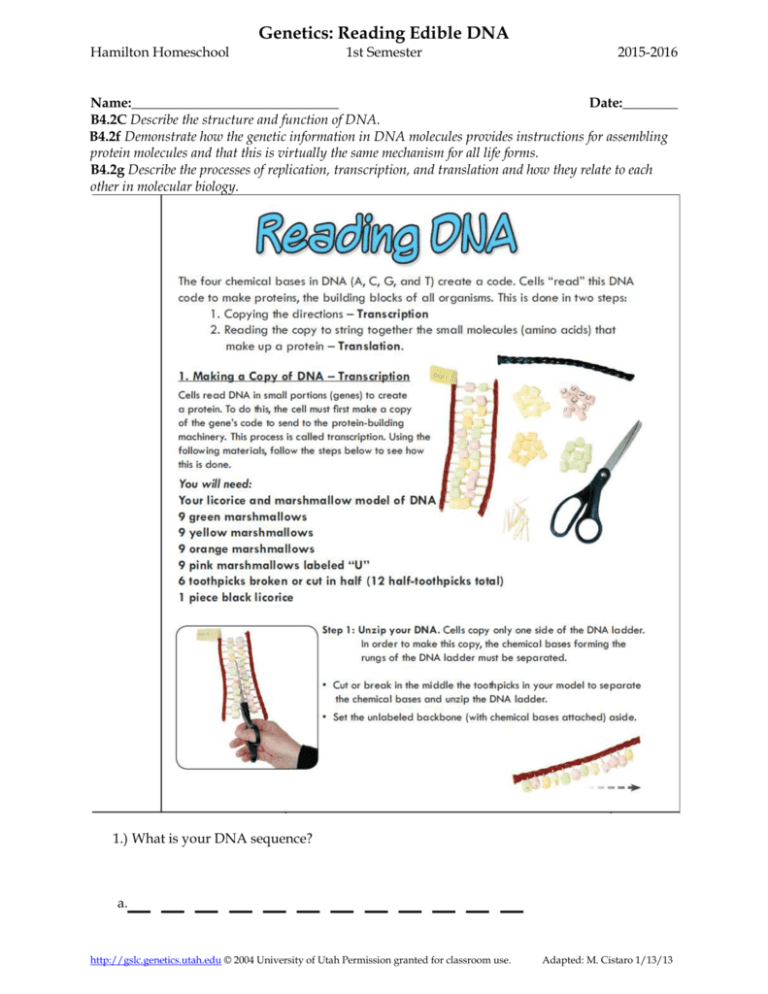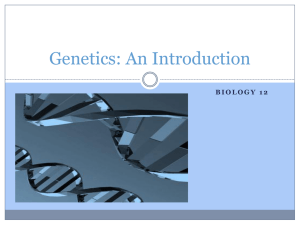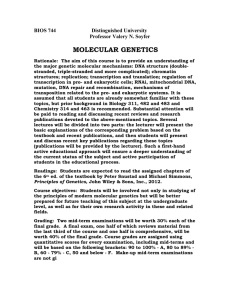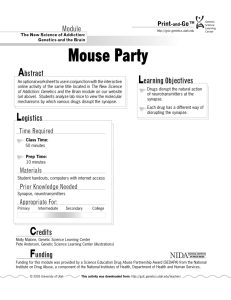File - Mr. C at Hamilton
advertisement

Genetics: Reading Edible DNA Hamilton Homeschool 1st Semester 2015-2016 Name:______________________________ Date:________ B4.2C Describe the structure and function of DNA. B4.2f Demonstrate how the genetic information in DNA molecules provides instructions for assembling protein molecules and that this is virtually the same mechanism for all life forms. B4.2g Describe the processes of replication, transcription, and translation and how they relate to each other in molecular biology. 1.) What is your DNA sequence? ____________ a. http://gslc.genetics.utah.edu © 2004 University of Utah Permission granted for classroom use. Adapted: M. Cistaro 1/13/13 Genetics: Reading Edible DNA Hamilton Homeschool 1st Semester 2015-2016 2.) What is your complimentary RNA sequence? a. ____________ http://gslc.genetics.utah.edu © 2004 University of Utah Permission granted for classroom use. Adapted: M. Cistaro 1/13/13 Genetics: Reading Edible DNA Hamilton Homeschool 1st Semester 2015-2016 Have an instructor check your progress and have them initial below. _______ http://gslc.genetics.utah.edu © 2004 University of Utah Permission granted for classroom use. Adapted: M. Cistaro 1/13/13 Genetics: Reading Edible DNA Hamilton Homeschool 1st Semester 2015-2016 3.) Using the 3 letter abbreviation, what is your amino acid sequence (protein)? a. __-__-__-__-__-__-__-__ http://gslc.genetics.utah.edu © 2004 University of Utah Permission granted for classroom use. Adapted: M. Cistaro 1/13/13 Genetics: Reading Edible DNA Hamilton Homeschool 1st Semester 2015-2016 4.) The nitrogenous base A = ______________________________ 5.) The nitrogenous base C = ______________________________ 6.) The nitrogenous base G = ______________________________ 7.) The nitrogenous base U = _____________________________ 8.) Label each sugar group on the diagram with a letter S. 9.) Label each phosphate group with a letter P. 10.) One adenine (A) and one guanine (G) have already been labeled. Label the rest of the nitrogenous bases. 11.) Circle one nucleotide. What 3 things go together to make one nucleotide? 1.) ___________________________________ 2.) ___________________________________ 3.) ___________________________________ 12.) What is the term for a 3-nucleotide sequence on mRNA that codes for an amino acid? ___________________________ 13.) In RNA, A is always paired with ______ 14.) In RNA, G is always paired with______ 15.) With RNA, the shape of the molecule is called a _________________________ http://gslc.genetics.utah.edu © 2004 University of Utah Permission granted for classroom use. Adapted: M. Cistaro 1/13/13 Genetics: Reading Edible DNA Hamilton Homeschool 1st Semester 2015-2016 Refer to the picture at the bottom. 16.) What are the differences between DNA and RNA? 1.) 2.) 3.) 4.) http://gslc.genetics.utah.edu © 2004 University of Utah Permission granted for classroom use. Adapted: M. Cistaro 1/13/13









